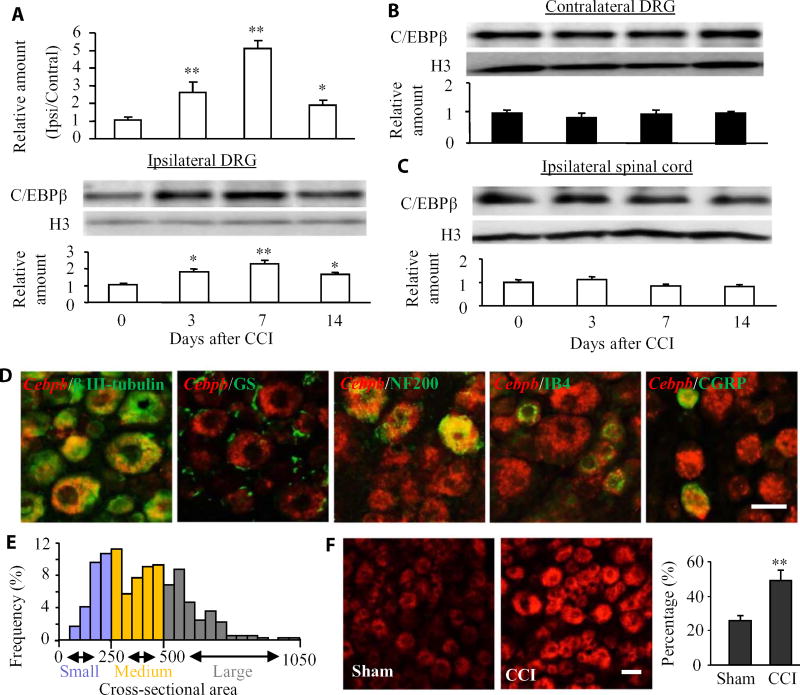Fig. 1. Peripheral nerve injury–induced increases in Cebpb mRNA and C/EBPβ protein in the ipsilateral DRG.
(A) Cebpb mRNA abundance in the ipsilateral (Ipsi) and contralateral (Contral) L3/4 DRGs (top) and C/EBPβ protein expression in the ipsilateral L3/4 DRGs (bottom) after CCI. Unilateral L3/4 DRGs from two mice were pooled together to obtain enough RNA and protein. n = 3 biological replicates (six mice) per time point. One-way analysis of variance (ANOVA) followed by Tukey post hoc test, F3,11 = 26.87 for Cebpb mRNA and F3,11 = 14.04 for C/EBPβ protein. *P < 0.05 or **P < 0.01 compared to the corresponding control group (0 day). H3, histone 3. (B) C/EBPβ protein abundance in the contralateral L3/4 DRGs after CCI. Representative Western blots and a summary of densitometric analysis are shown. n = 3 biological replicates (six mice) per time point. One-way ANOVA followed by Tukey post hoc test, F3,11 = 0.49. (C) C/EBPβ protein abundance in the ipsilateral L3/4 spinal cord after CCI. n = 3 biological replicates (three mice) per time point. One-way ANOVA followed by Tukey post hoc test, F3,11 = 1.99. (D) In situ hybridization histochemistry (ISHH) for Cebpb mRNA and immunohistochemistry of different DRG cell markers: β III tubulin, glutamine synthetase (GS), NF200, IB4, or CGRP in the DRG. n = 3 mice. Scale bar, 25 µm. (E) Distribution of Cebpb mRNA–labeled neuronal somata. Large, 31%; medium, 43%; small, 26%. (F) Neurons labeled by Cebpb mRNA in the ipsilateral L4 DRG on day 7 after CCI or sham surgery. n = 3 mice per group. **P < 0.01 compared to the corresponding sham group by two-tailed paired Student’s t test. Scale bar, 25 µm.

